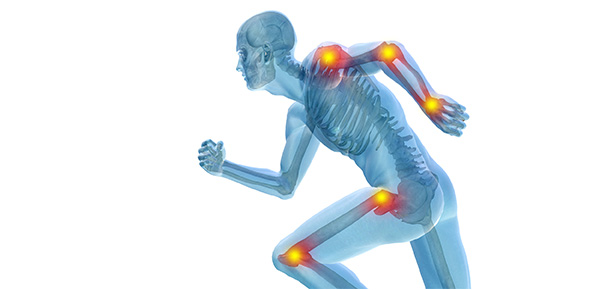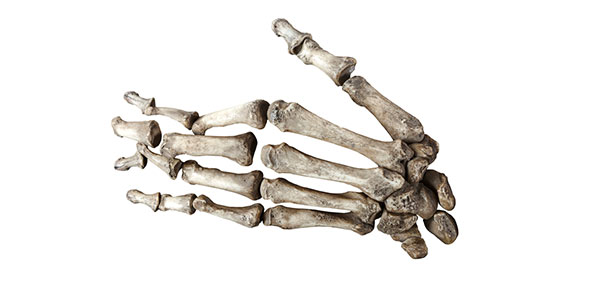Related Flashcards
Cards In This Set
| Front | Back |
|
How many classifications of breast types?
|
4 (= Theotokos)
|
|
Describe Type 1
|
Normal. Rounded with normal medial, lateral and lower quadrants.
|
|
Describe Type 2
|
Hypoplasia of lower medial (inner) quadrant. Normal outer aspect. Normal breast base.
|
|
Describe Type 3
|
Hypoplasia of lower medial and lateral quadrants (inner and outer). Normal breast base.
|
|
Describe Type 4
|
Severe hypoplasia. Minimal breast base.
|
|
Name other breast forms that can cause breastfeeding problems...
|
Assymmetry. Burn scars. Wide spacing. Tubular shape. Type IV.
|
|
What is Hyperthelia?
|
Nipple without mammary tissue. Usually with accessory nipples.
|
|
Describe signs of hypoplasia.
|
Wide spacing. Tubular breasts. Type IV. Assymetry. Large areolas.
|
|
Aspects of the common nipple... (4).
|
1. Conical/Protrudes slightly @ rest. 2. Erect/graspable when stimulated.3. 4-18 milk duct openings.4. Smooth muscle fibres keep nipple from leaking.
|
|
How many openings are there in the nipple?
|
4-18.
|
|
What two things improve nipple protractility?
|
Pregnancy and previous breastfeeding.
|
|
Name five types of nipple protrusion.
|
1. True inversion.2. Pseudo-inversion.3. Everted (normal)4. Short shanked (flat).5. Retracted.
|
|
What is the difference between true and pseudo-inversion?
|
True inversion is retracted both at rest and when stimulated. Rare and difficult for baby. Use all techniques to pull out nipple. Baby can latch onto breast.Pseudo inversion appears inverted, but comes out with compression and stimulation. Needs no treatment.
|
|
Describe flat and or short-shanked nipples.
|
Flat may be pliable and easy to ridge. Flat + short shanked = ridges less easily, less graspable. May retract with stimulation or be unchanged. Use syringe to improve protractility.
|
|
Describe 5 nipple variations...
|
1. Bulbous is difficult to grasp.2. Dimpled -- note risk for masceration as the nipple lies within areola.3. Bifurcated.4. Double/multiple nipples close together.5. Skin tag.
|







